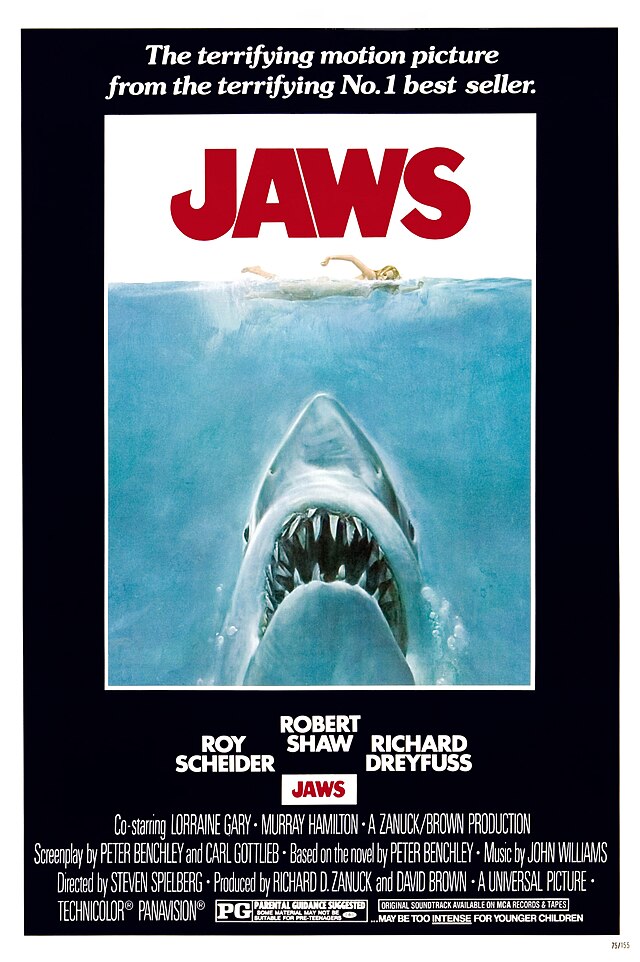Director Bong Joon-ho is best known for films such as, “Parasite” (2019) and “Memories of Murder” (2003). On March 7, 2025, his new film, “Mickey 17,” starring Robert Pattinson, was released in theatres. The film follows a man named Mickey who has signed up to be an “expendable,” killed and reprinted over and over again for the sake of science, with the continuity of his memories intact across all copies.
With an intriguing premise and an expressive and engaging performance by Pattinson as the lead character, “Mickey 17” provides a satisfying experience to average moviegoers seeking simple, high-budget, blockbuster entertainment.
Visuals, arguably, make up half a film. For a sci-fi film, their importance is even more significant, as they take on the task of immersing the audience in a new reality. “Mickey 17’s” efforts in this endeavor are serviceable. The halls of the colony ship that the characters inhabit for most of the story are bleak and prison-like. Their destination, the frigid planet of Niflheim, looks and feels like the desolate environment it’s meant to be.
However, nothing especially stands out about the appearance of these locations. The same can be said of the film’s special effects, which convey what’s necessary but don’t impress. Given the modern visual effects standards, “Mickey 17” never overuses CGI as a crutch, but it isn’t particularly expeditious either.
If the visuals make up one portion of a movie, the other would be the script – something rather lackluster in “Mickey 17” as well. The character of “Mickey 17” carries the majority of the story and drama, but many of the supporting characters around him feel like 2D cutouts of people. The most indicative of this is Kenneth Marshall, a satire of many current political figures that serves as the film’s villain. Although funny at times, his character’s comical villainy often takes the viewer out of the story and mocks certain groups without fully addressing the issues that lead to the story’s climaxes, which are meant to reflect real life. He’s an irredeemable character the audience is meant to hate. Our dislike for him grows throughout the film, but the beginning of his downfall is not developed for the viewer; it’s just assumed.
The same goes for other characters, such as Nasha. We like her because she is good. We like her more by the end, but there’s no connection that the viewer is able to build with her because she is merely an image of what is meant to be good.
Other minor characters follow these strange, two-dimensional trends in characterization. The film leaves viewers with many questions about their relationships, loyalties, and why some people are just bad while others are just good.
For a film that is supposed to represent a corrupt society while critiquing the real world, it misses the mark regarding representation and demonstration. It works to establish a moral dichotomy between its supporting characters, but it fails to develop the backgrounds that shaped them.
Barely a month since its release, the film is now available on streaming services, leaving many movie fans wondering what the state of film culture will look like in a couple of years. “Mickey 17” is far from the most soulless piece of film to come out in recent years and was clearly made with intention and care regardless of execution. Still, it joins the slurry of Hollywood blockbusters that have underperformed and passed under the radar.
Every notable box office success in recent years tends to be a remake, a spinoff or a sequel, and the cynicism of these films are slowly being recognized, too. Perhaps we may need a new original blockbuster film with mass appeal to draw audiences back in and restore some health to the present industry. But for now, these trends continue, and “Mickey 17” will unfortunately fade into the background as a fun but ultimately forgettable experience.





Gabi ~ May 6, 2025 at 3:57 pm
This is awesome!! by far my favorite thing I’ve read on here (the movie was amazing too!)